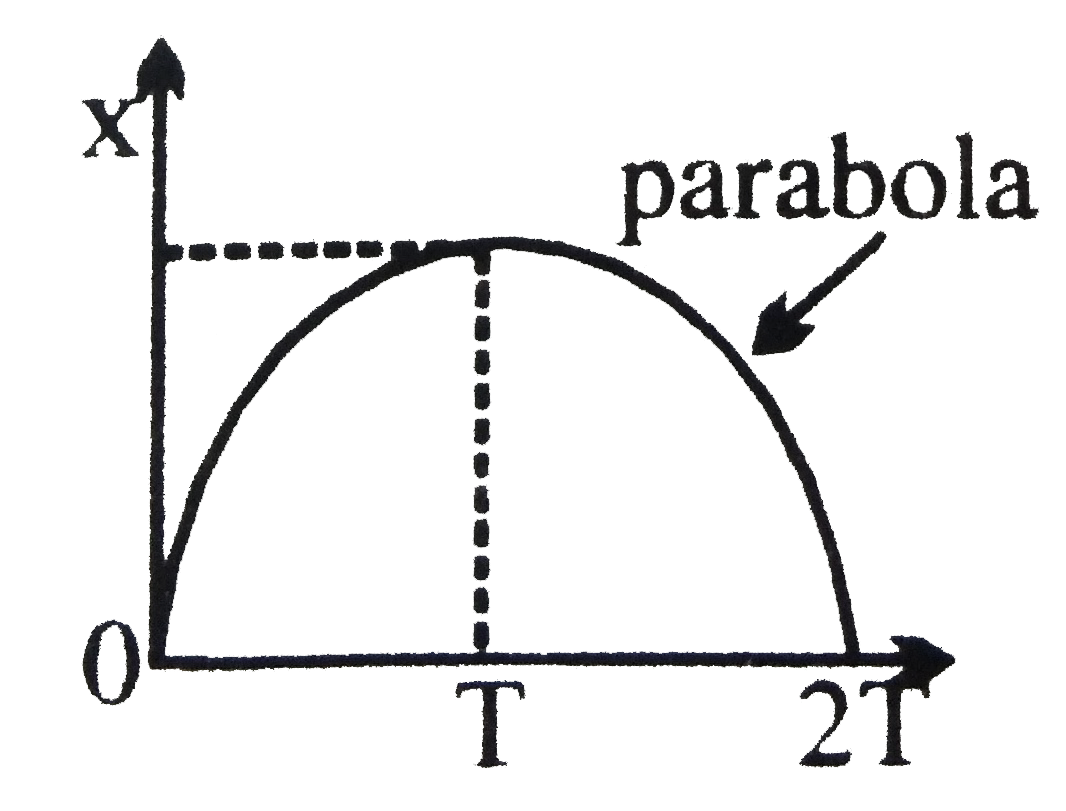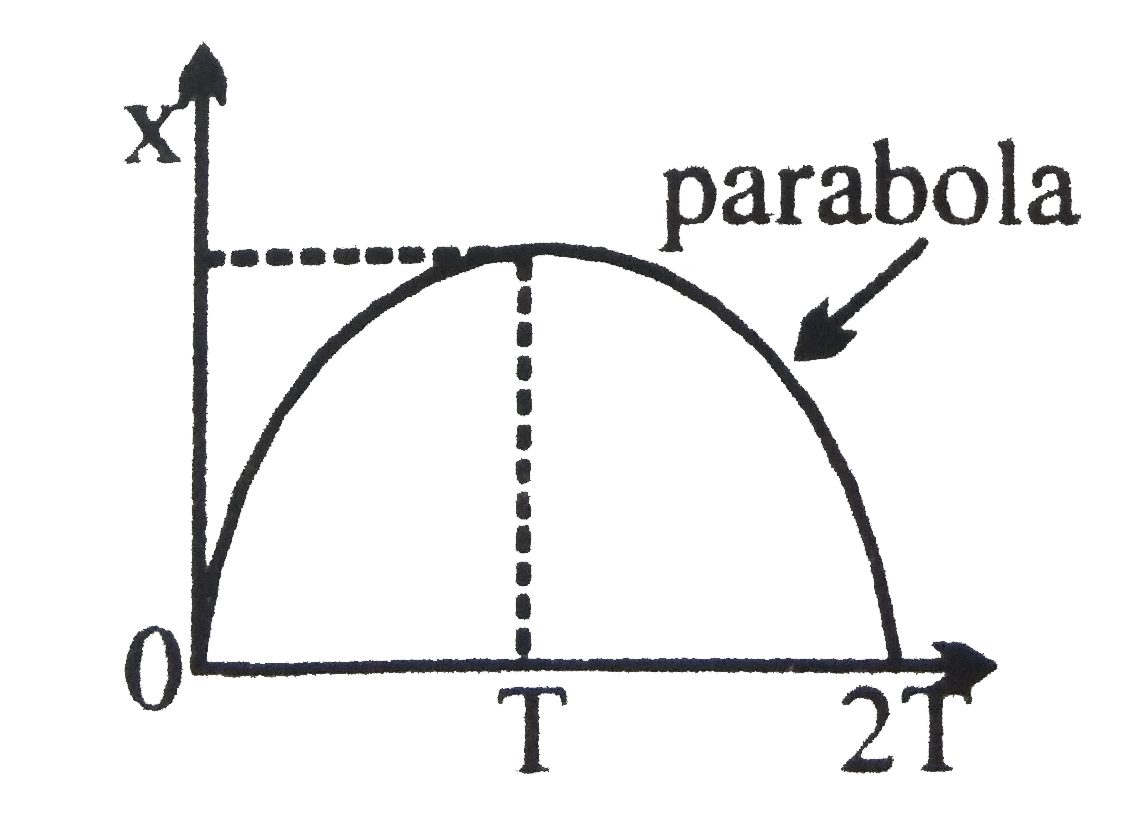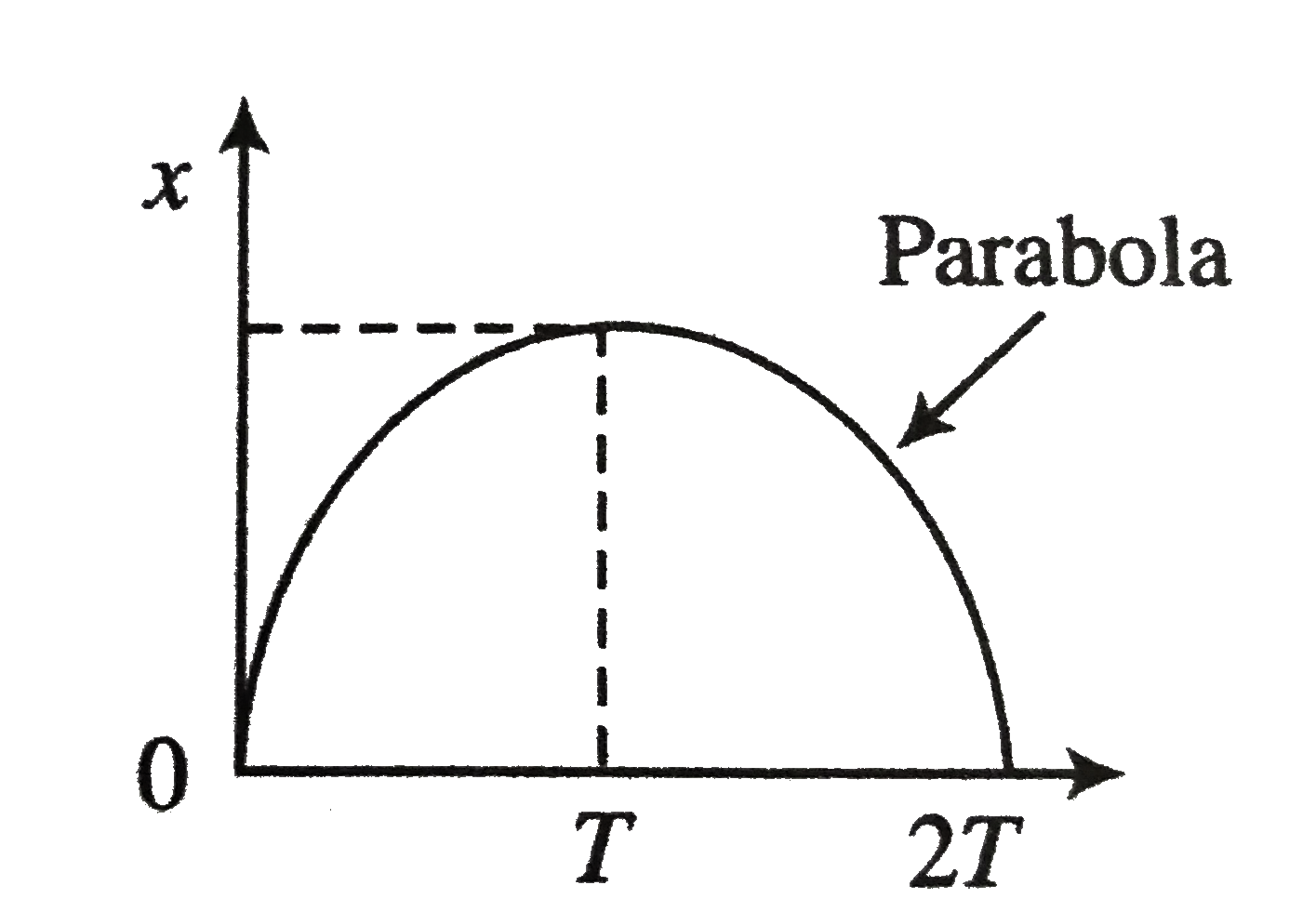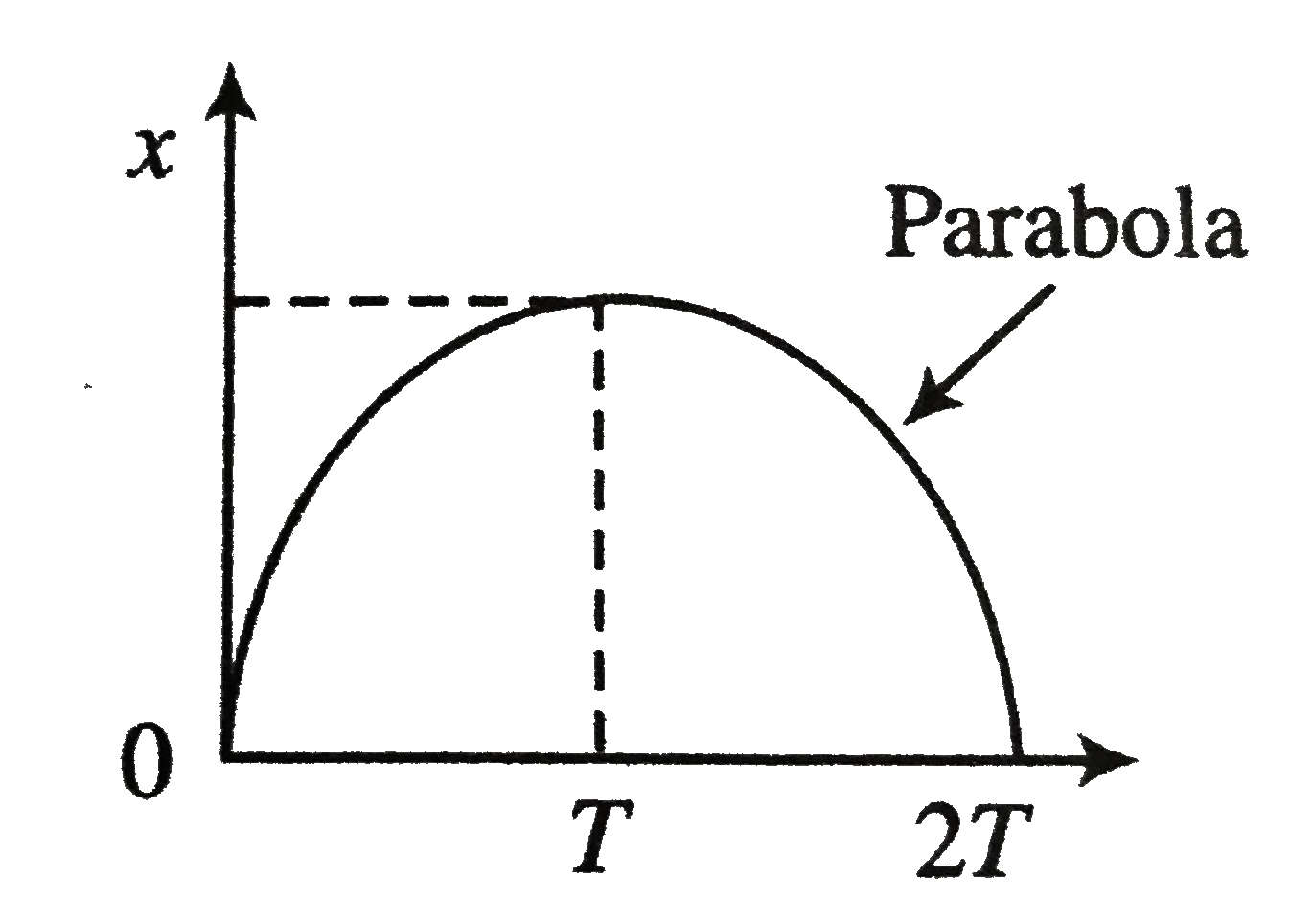If a particle moving along a line follows the law t=as2+bs+c, then the retardation of the particle is proportional to
square of the velocity
cube of the displacement
cube of the velocity
square of the displacement
The correct Answer is:C
Step by step video, text & image solution for If a particle moving along a line follows the law t=as^(2)+bs+c, then the retardation of the particle is proportional to by Maths experts to help you in doubts & scoring excellent marks in Class 12 exams.
Updated on:21/07/2023Topper's Solved these Questions
- DERIVATIVE AS A RATE MEASURER BOOK - OBJECTIVE RD SHARMACHAPTER - DERIVATIVE AS A RATE MEASURER EXERCISE - Section I - Solved Mcqs
27 Videos
- DEFINITE INTEGRALSBOOK - OBJECTIVE RD SHARMACHAPTER - DEFINITE INTEGRALSEXERCISE - Chapter Test 2
60 Videos
- DIFFERENTIAL EQUATIONSBOOK - OBJECTIVE RD SHARMACHAPTER - DIFFERENTIAL EQUATIONSEXERCISE - Chapter Test
30 Videos
Similar Questions
Knowledge Check
A particle is moving along a straight line.
AIf the acceleration of the particle is more than that of another object, the particle is moving faster.BIf the acceleration is positive, the speed must be increasing.CIf the acceleration and the velocity have the same sign, the speed must be increasing.DIf the acceleration is zero, the velocity is constant but the speed may be changing.A particle moves according to the equation t=ax2+bx, then the retardation of the particle when x=ba is
Aab3B29ab3C227ab3Dnone of theseA particle is moving along a circular path of radius of R such that radial acceleration of particle is proportional to t2 then
ASpeed of particle is constantBMagnitude of tangential acceleration of particle is constantCSpeed of particle is proportional to timeDMagnitude of tangential acceleration is variable
The x-t graph of a particle moving along a straight line is shown in figure

The a-t graph of the particle is correctly shown by
View SolutionA particle move a distance x in time t according to equation x=(t+5)−1. The acceleration of particle is alphaortional to.
View SolutionThe x−t graph of particle moving along a straight line is shown in figure

The a−t graph of the particle is correctly shown by
View SolutionThe x−t graph of particle moving along a straight line is shown in figure

The v−t graph of the particles is correctly shown by
View SolutionThe x-t graph of a particle moving along a straight line is shown in figure

The speed-time graph of the particle is correctly shown by
View Solution

